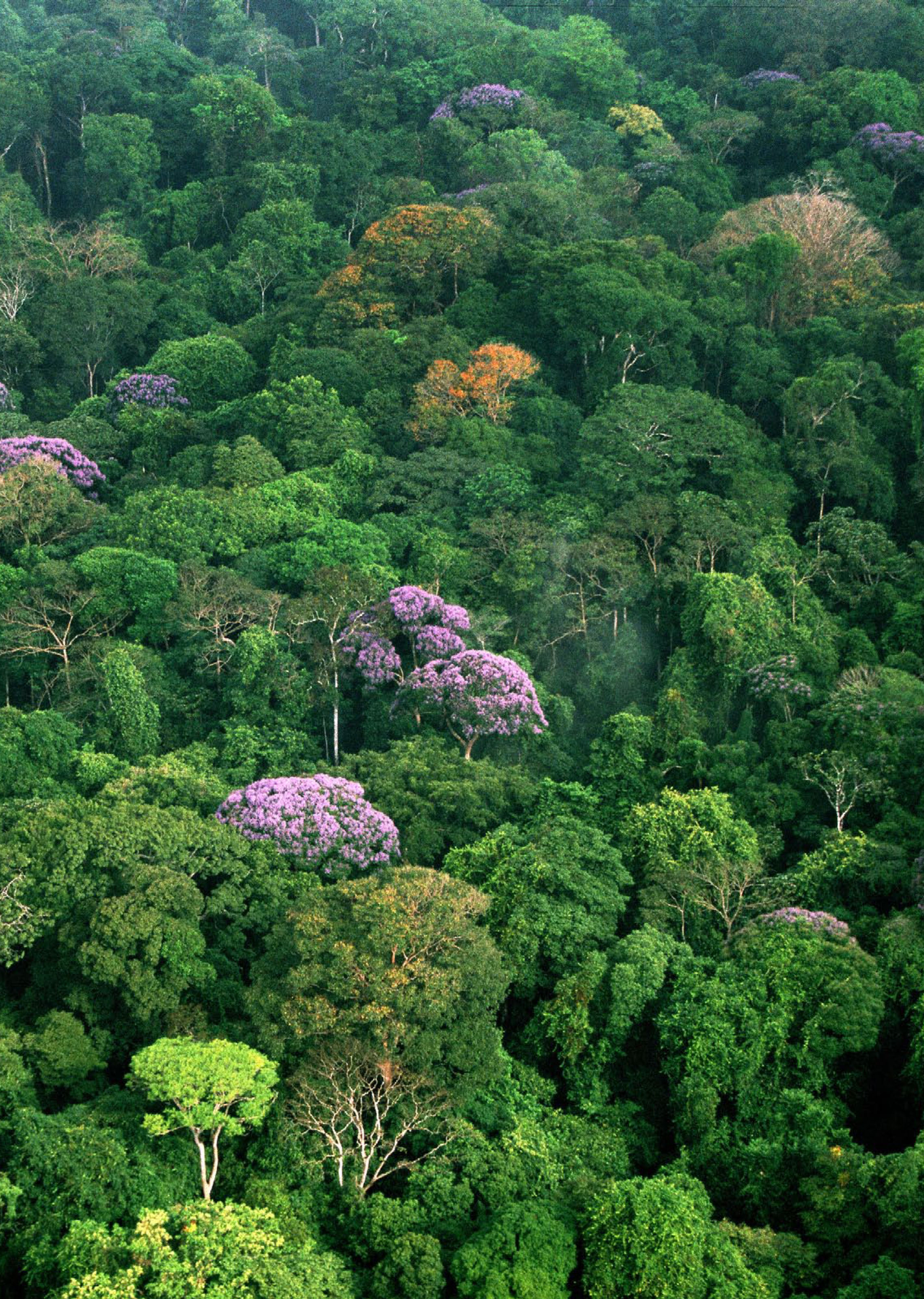The tropical forest canopy is a vibrant and crucial layer of our planet’s ecosystem, often referred to as the ‘lungs of the Earth’ due to its significant role in carbon storage and supporting biodiversity. As the impact of climate change threatens these vital natural resources, understanding the health and variability of tropical forests becomes increasingly important. Recent studies utilizing NASA’s Global Ecosystem Dynamics Investigation (GEDI) technology reveal vital insights into canopy height variation across different tropical regions. This technology not only provides data on the forest health but also indicates how climate change alters these towering ecosystems. Monitoring the tropical forest canopy is essential for developing effective conservation strategies and mitigating the negative effects of climate change on our planet’s biodiversity and overall health.
Tropical forests, often described as the upper layer of lush growth in rainforest ecosystems, embody a critical component of global biodiversity and carbon dynamics. These elevated canopies, which serve as homes for myriad species and play a significant role in carbon sequestration, face growing threats from changing climatic conditions. Utilizing advanced remote sensing technology, scientists can now assess canopy characteristics, including height and density variations, providing deeper insights into the health of these vital landscapes. Understanding the implications of environmental factors on canopy structure is essential for safeguarding the ecological integrity of these forests. Additionally, as they are pivotal in regulating atmospheric carbon levels, protecting the tropical forest canopy is integral to our efforts in combating climate change.
Understanding the Impact of Climate Change on Tropical Forests
Climate change poses a significant threat to tropical forests, which serve as vital carbon storage systems on our planet. Over the past few decades, these forests have witnessed substantial shifts in their canopy height and overall health due to environmental factors such as increased temperatures and prolonged drought periods. By utilizing advanced technology such as NASA’s Global Ecosystem Dynamics Investigation (GEDI), researchers have gained deeper insights into how these climate-induced changes affect forest ecosystems. These findings highlight the urgent need to comprehend the diverse impacts of climate change across different regions and forest types.
The findings from the GEDI study reinforce the idea that taller canopies typically correlate with healthier forests that are capable of storing more carbon and supporting greater biodiversity. Understanding how climate change variably impacts canopy height—be it through the effects of dry seasons or elevation—provides researchers and policymakers valuable information for conservation efforts. Furthermore, these insights can guide strategies aimed at mitigating the negative impacts of climate change on these critical environments.
Frequently Asked Questions
How does climate change impact the tropical forest canopy?
Climate change significantly impacts the tropical forest canopy by altering its height and health due to increased temperatures and prolonged droughts. Research shows that these changes can reduce carbon storage capacity, making forests less effective at sequestering carbon and potentially exacerbating climate change.
What role does NASA GEDI play in understanding tropical forest canopy health?
NASA’s Global Ecosystem Dynamics Investigation (GEDI) uses advanced laser technology to measure the vertical structure of tropical forest canopies from space. This data helps scientists assess forest health, monitor changes in canopy height, and understand the impacts of environmental factors on tropical forests.
In what ways do tropical forest canopies contribute to carbon storage?
Tropical forest canopies are crucial for carbon storage as taller canopies typically contain more biomass and can sequester larger amounts of carbon dioxide. This carbon storage function is critical for mitigating climate change and maintaining global climate health.
What are the key factors influencing canopy height variation in tropical forests?
Canopy height variation in tropical forests is primarily influenced by climate variables, topography, and soil properties. Specific factors include elevation, dry season length, and solar radiation, which collectively determine the health and productivity of the tropical forest canopy.
Why is understanding tropical forest canopy height important for climate change policies?
Understanding tropical forest canopy height is vital for climate change policies because it relates directly to the forest’s carbon sequestration potential. By identifying vulnerable areas, policymakers can prioritize protection and conservation efforts to combat climate change effectively.
| Key Point | Details |
|---|---|
| Tropical Forest Canopy Importance | The canopy is crucial for forest health, ecosystem productivity, and carbon storage. |
| Impact of Climate Change | Climate change is affecting canopy height, with heat and drought leading to significant changes. |
| Research Methodology | NASA’s GEDI LiDAR technology allows for detailed measurement of forest canopy height. |
| Regions Assessed | Tropical forests in Asia, Africa, and South America were studied, particularly those with minimal human disturbance. |
| Factors Affecting Canopy Height | Climate, topography, and soil properties are key factors, with elevation and dry season being critical in southern Amazon. |
| Future Goals | Research aims to inform policies that protect vulnerable tropical forest areas and enhance carbon storage. |
Summary
The tropical forest canopy plays a vital role in the health of our planet, often referred to as ‘Earth’s lungs’ due to their capacity to store carbon. Recent studies utilizing NASA technology have shed light on how climate change is affecting these canopies, revealing significant variations in height which directly impact forest health and biodiversity. By understanding the environmental factors influencing canopy height, we can better assess the challenges tropical forests face in the face of climate change, paving the way for informed conservation policies that protect these critical ecosystems.
